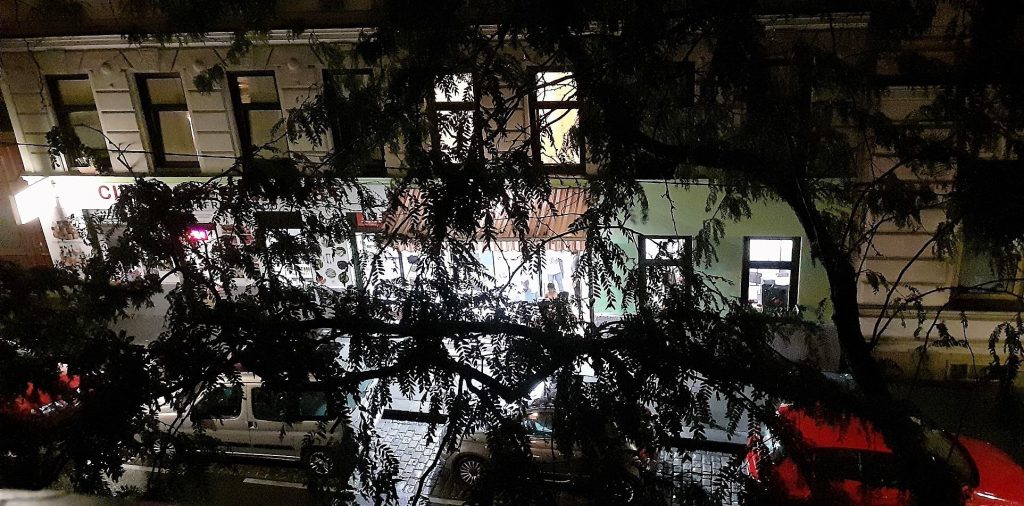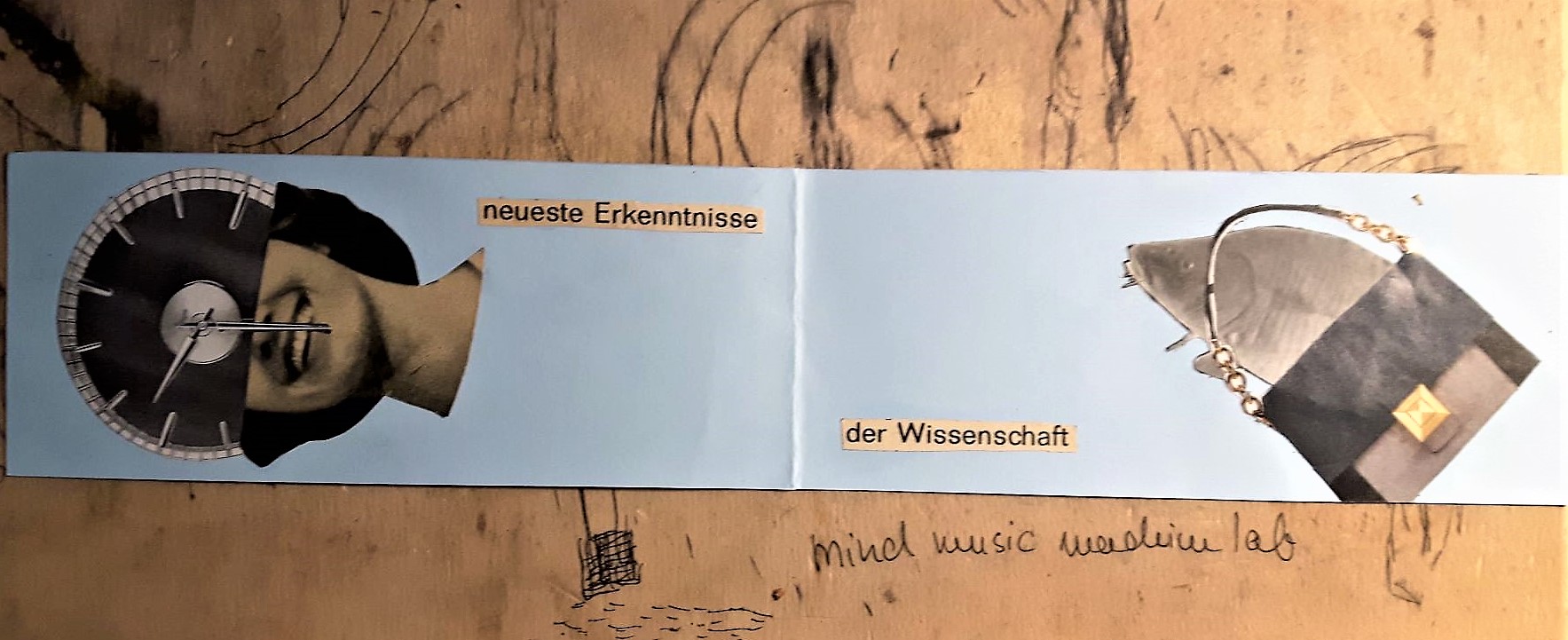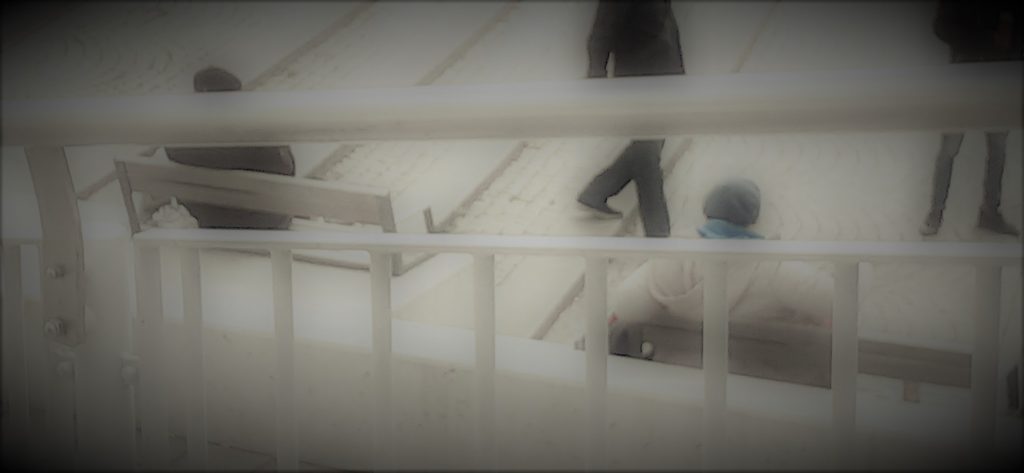
I feel and then I think and then I feel how the thought feels like and so on.
Ich fühle und dann denke ich und dann fühle ich, wie sich das Gedachte anfühlt und so weiter.
almanac of transciency, 2023 [publisher. editor and page not yet known]

transtime travel agency

I feel and then I think and then I feel how the thought feels like and so on.
Ich fühle und dann denke ich und dann fühle ich, wie sich das Gedachte anfühlt und so weiter.
almanac of transciency, 2023 [publisher. editor and page not yet known]

“A world in order is a world of the ordered sensible, a world where things have their place , where those that exist are present and those which do not exist are absent. [ . . . ] a world of relief where ambiguities become marginal and do not interfere with the perennial nature of things.”
Bonnet, François J :The Infra-World. Falmouth, UK: Urbanomic Media, 2017. pp 34,35
Eine geordnete Welt ist eine Welt des geordneten Sinnlichen, eine Welt, in der Dinge ihren Platz haben, in der diejenigen existieren, die existieren und diejenigen, die nicht existieren, absent sind. [ . . . ] eine befreiende Welt, in der Mehrdeutigkeiten marginal werden und die Dauerhaftigkeit der Dinge nicht beeinträchtigen.
sensible: vernünftig, sinnvoll, zweckmäßig, gescheit, bewusst, wahrnehmbar, fühlbar, spürbar, merklich, beachtlich, gravierend, verständig, sinnlich, empfänglich, empfindungsfähig, sinnenfällig [https://www.dict.cc/?s=sensible]

“Wir scheinen also fragen zu müssen: Was charakterisiert jene Anpassungsprozesse, die sich als verheerend erweisen, und worin unterscheiden sie sich von jenen, die als seegensreich erscheinen und [ . . . ] über geologische Zeitalter segensreich bleiben.”
Bateson, Gregory: Geist und Natur : eine notwendige Einheit. Frankfurt am Main: Suhrkamp, 1984 [4th edt]. p 216
So we seem to have to ask: What characterizes adaptation processes that turn out to be devastating, and how do they differ from those that appear to be beneficial and remain beneficial over geological ages.

Die menschliche Beziehung zur Welt ist durch das Zusammenspiel von Anziehungs- und Abstoßungsenergien und (komplexen) Selbstinterpretationsprozessen gekennzeichnet.
Energien und Interpretationsprozesse formen und durchdringen sich gegenseitig und prägen das jeweilige Situationsbewusstsein.
adaptet from: Rosa, H. Resonanz. Eine Soziologie der Weltbeziehung. Suhrkamp Berlin, 2. Auflage 2019 [1. 2016], p 205
The human relationship to the world is characterized by the interaction of attraction and repulsion energies and (complex) self-interpretation processes.
Energies and processes of interpretation form and interpenetrate each other and shape the respective situational awareness.


“66 Woraus man erkennt, daß es in der geringsten Materielpartikel eine Welt von Geschöpfen, von Lebewesen, von Tieren, von Entelechien und von Seelen gibt.”
“67 Jede Materiepartikel kann als ein Garten voller Pflanzen und ein Teich voller Fische aufgefaßt werden. Aber jeder Zweig der Pflanze, jedes Glied des Tieres, jeder Tropfen seiner Körpersäfte ist noch ein solcher Garten oder Teich.”
Leibniz, Gottfried Wilhelm: Monadologie. Stuttgart: Reclam, 1998. p 49
66 From which follows that in the slightest particle of matter there is a world of creatures, of living beings, of animals, of entelechies and of souls.
67 Every particle of matter can be seen as a garden full of plants and a pond full of fish. But every branch of the plant, every limb of the animal, every drop of its bodily fluids is still such a garden or pond.
| eν-τελ-έχεια | en-tel-echeia | ||
|---|---|---|---|
| ἐν | en | in | in |
| τέλος | telos | Ziel | objective |
| ἔχεια | echeia | ||
| ἔχειν | echein | haben/halten | have/hold |